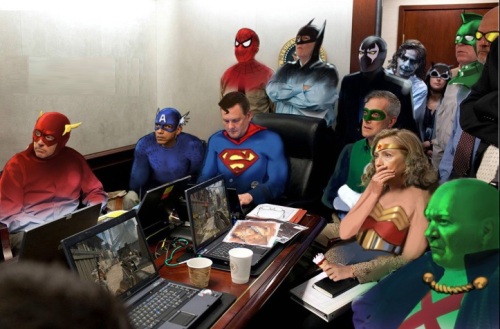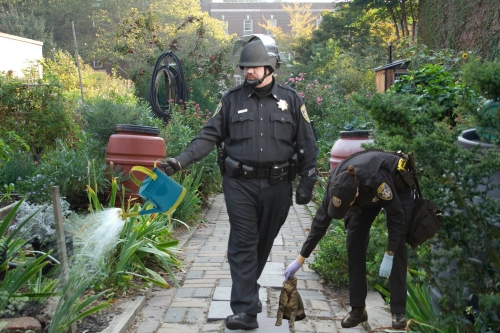
The Digital Aesthetics Workshop invites you to join us for one final event next Wednesday, June 2 (5-7PM Pacific), for a conversation with Mary Beth Meehan & Fred Turner.
*~*~*~**~*~**~*
Join photographer Mary Beth Meehan and historian Fred Turner in a conversation about their new book, Seeing Silicon Valley — Life in a Fraying America, and about the power of analog aesthetics in a digital era.
Mary Beth Meehan is a photographer and writer known for her large-scale, community-based portraiture centered on questions of representation, visibility, and social equity. She lives in New England, where she has lectured at Brown University, the Rhode Island School of Design, and the Massachusetts College of Art and Design.
Fred Turner is Harry and Norman Chandler Professor of Communication at Stanford University. He is the author of the award-winning history From Counterculture to Cyberculture: Stewart Brand, the Whole Earth Network and the Rise of Digital Utopianism among other books.
*~*~*~*~*~*~*~*
More information about the book can be found here: https://press.uchicago.edu/ucp/books/book/chicago/S/bo90479007.html
Register for the event here: tinyurl.com/SSVDAW

